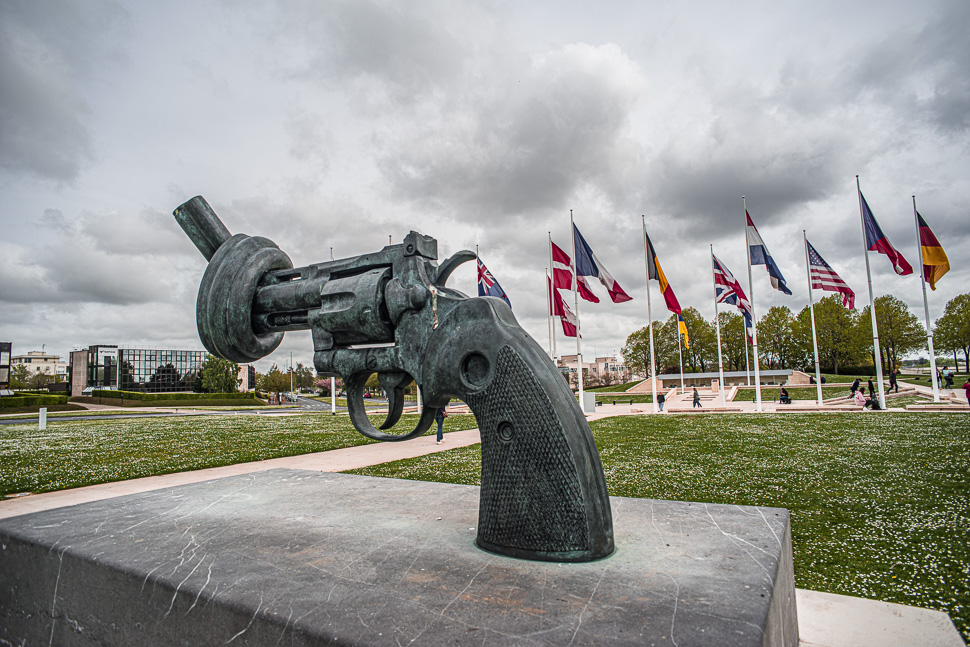
We came to Normandy, to get a better insight of what happened here, when the Allies came to free Europe in 1944.
There are numerous places which commemorate the invasion of Normandy, from monuments and cemeteries to museums and sites like the beaches of the landing.
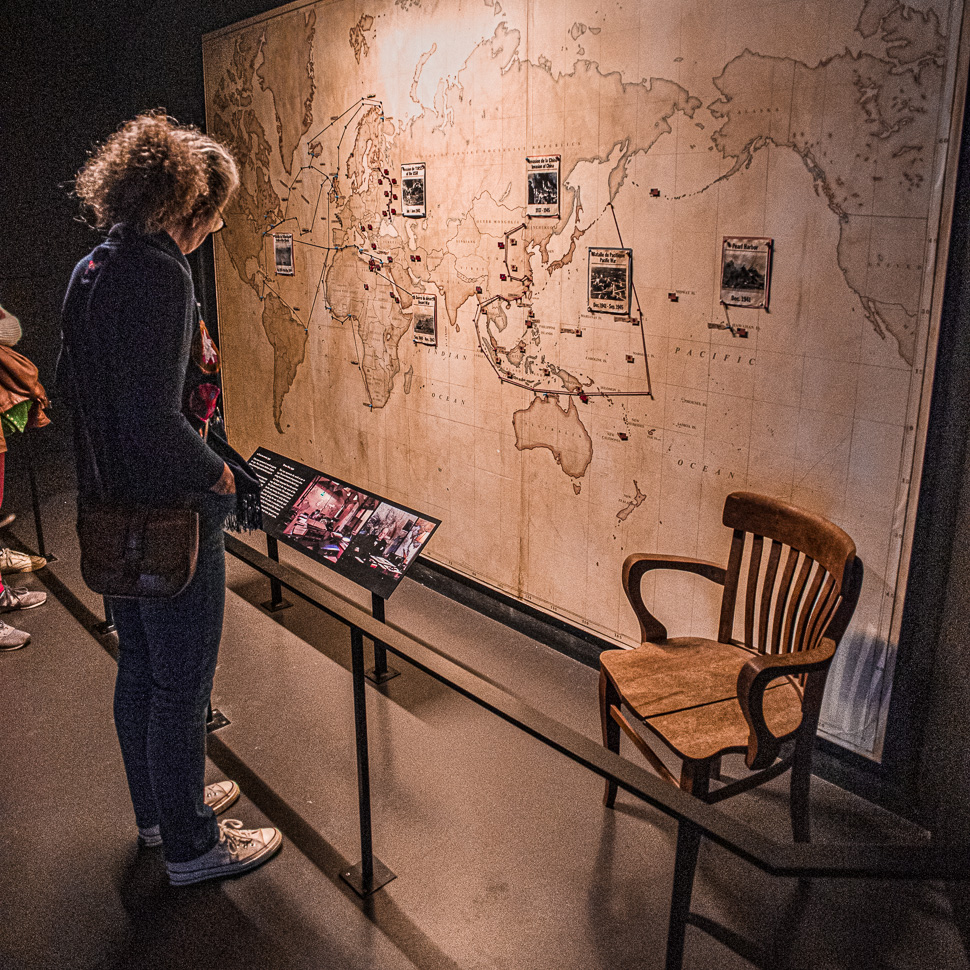
We started with the Mémorial de Caen, a center for history and peace around themes such as WWII, the Battle of Normandy and the Cold War. It was very extensive and well presented, that we spent half a day there.
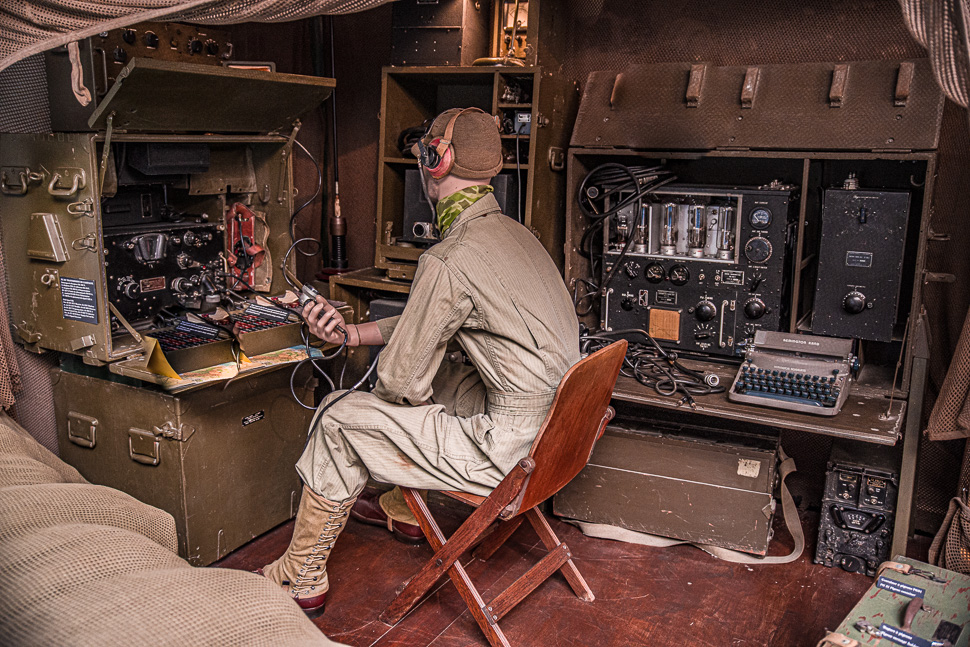
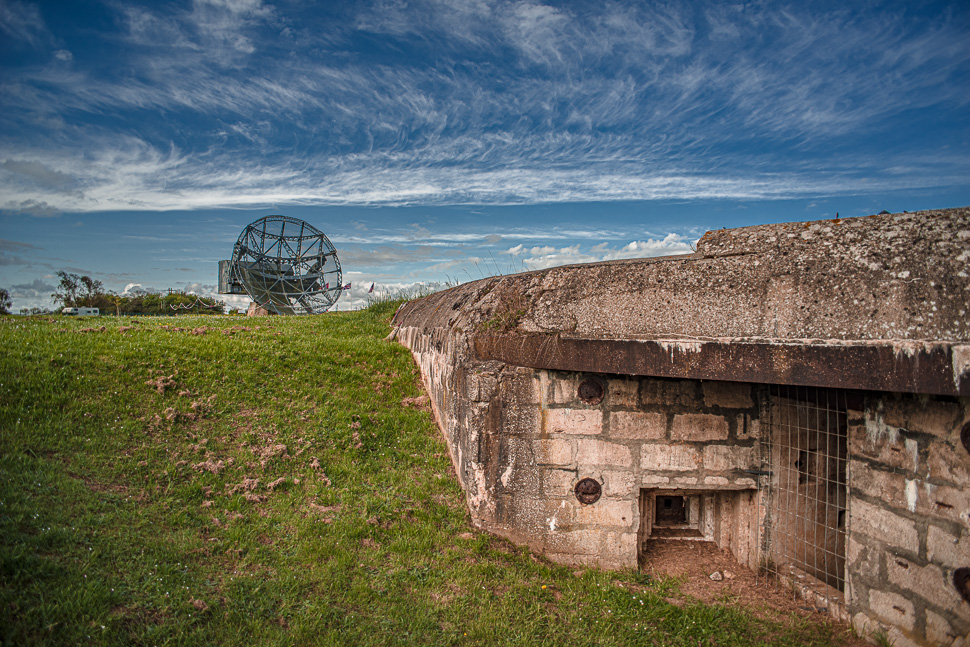
Our next stop was at the Radar Museum 1944, for ham radio enthusiasts as us a must see. Here was one of the German Radio stations using the low-UHF band Würzburg radar, which was the primary ground-based radar for the German Army during World War II. Initial development took place before the war and the apparatus entered service in 1940. Eventually, over 4,000 Würzburgs of various models were produced. We had seen another Radar station of the German “Altlantic wall” in Norway: Radar Station Norway
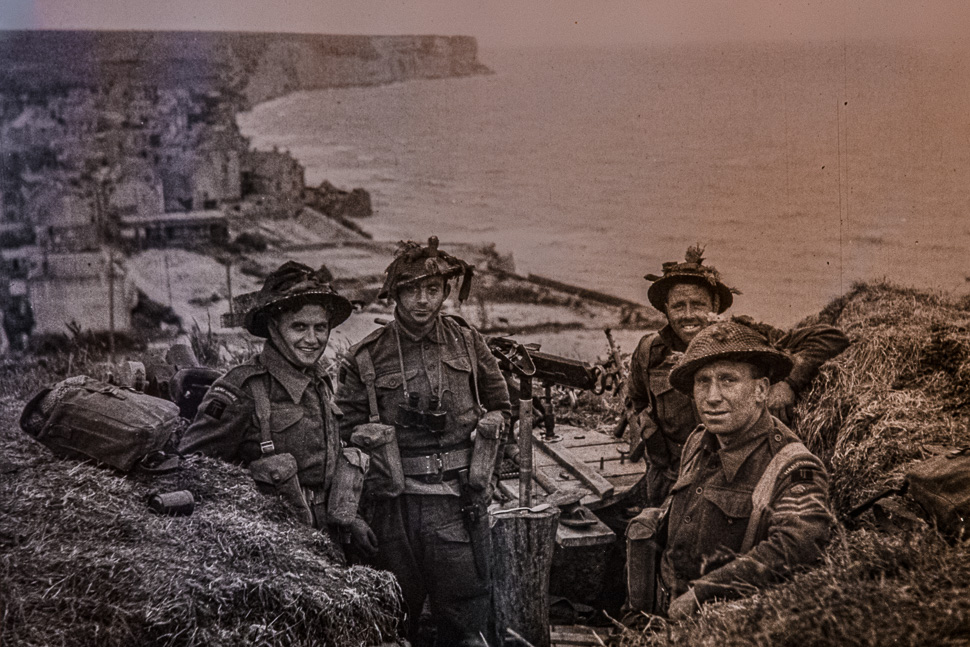
Our next stop was at Arromanches, which was freed on D-Day. Immediately the construction of an artificial harbour under the code name Mulberry began, to facilitate the rapid offloading of cargo onto beaches during the invasion to secure the supply for the troops.
They started with the sinking of old cargo vessels as wave-breakers. Next, 115 huge concrete blocks, prefabricated in England, were transported over the Channel to form the second line of wave breakers. All landing structures were prefabricated and quickly assembled, so that over 2.5 million men, 500,000 vehicles, and 4 million tons of supplies were landed here during the 10 months following D-Day. Today some parts of the harbour are still visible, probably even better during low tide.
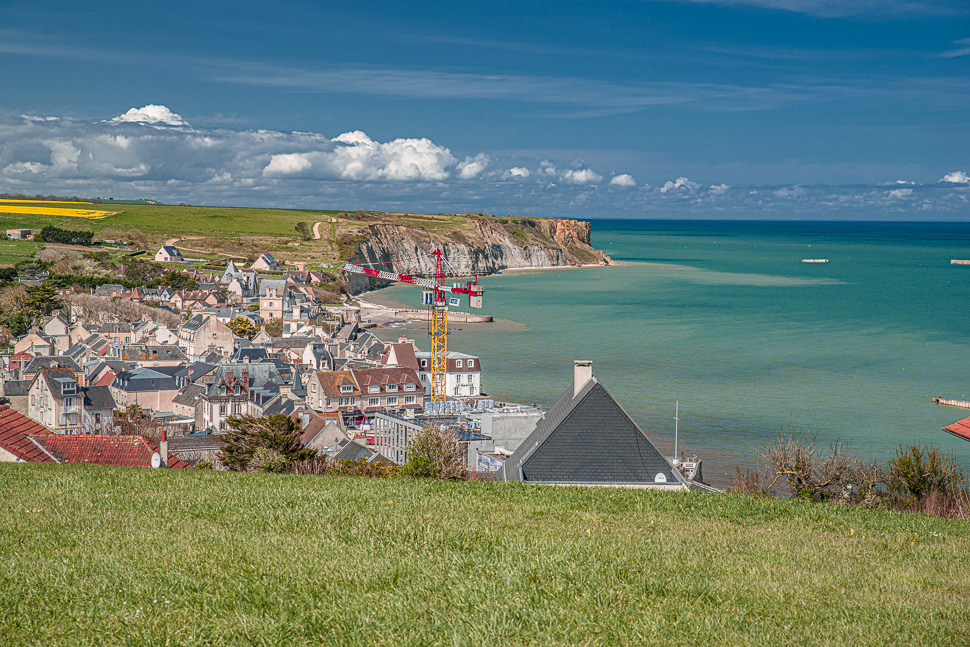
At Arromanches we went to the 360 degrees cinema, which was not that exciting. More interesting was the museum in the village, currently getting modernised and extended. Here the exhibition, including 2 films, was focused on the building of the Mulberry harbour, which was very fascinating and we learned a lot.
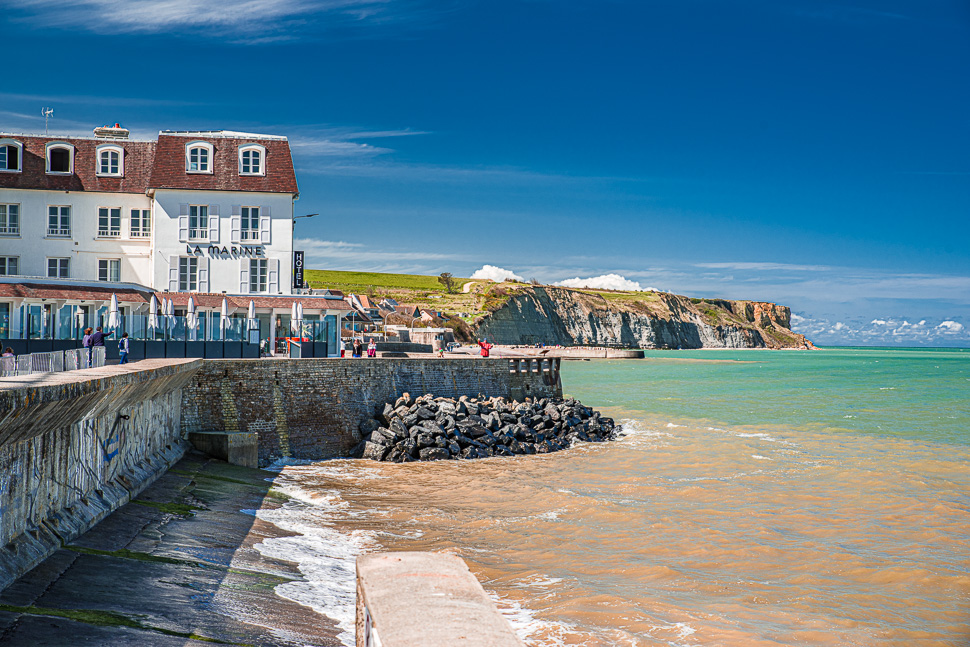
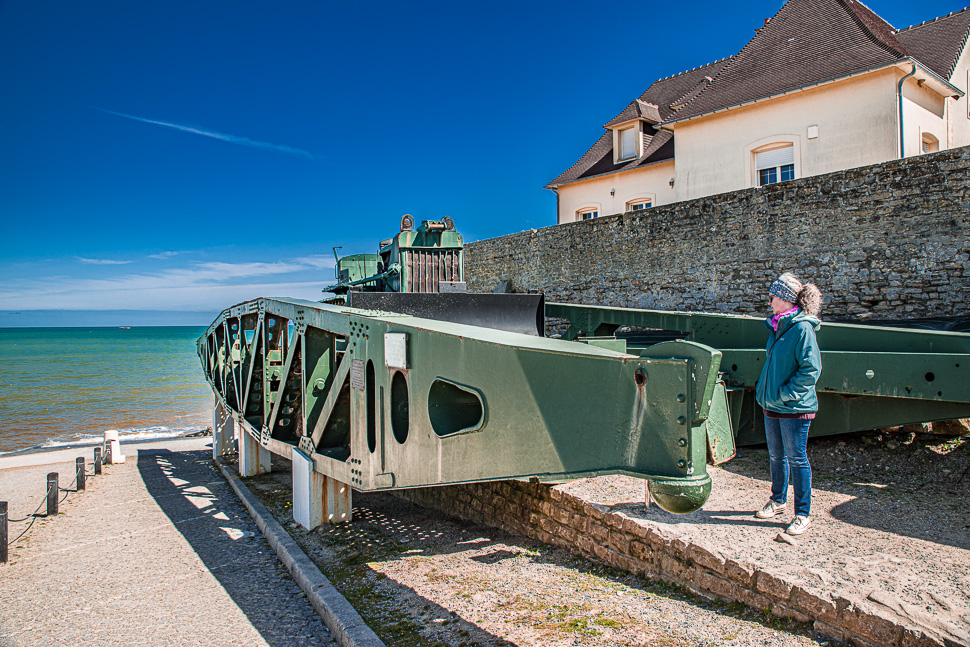
Long before June 1944, Germany had secured the whole coast of France with fortifications. We visited one of them, the Batterie Longues-sur-Mer, just west of Arromanches.
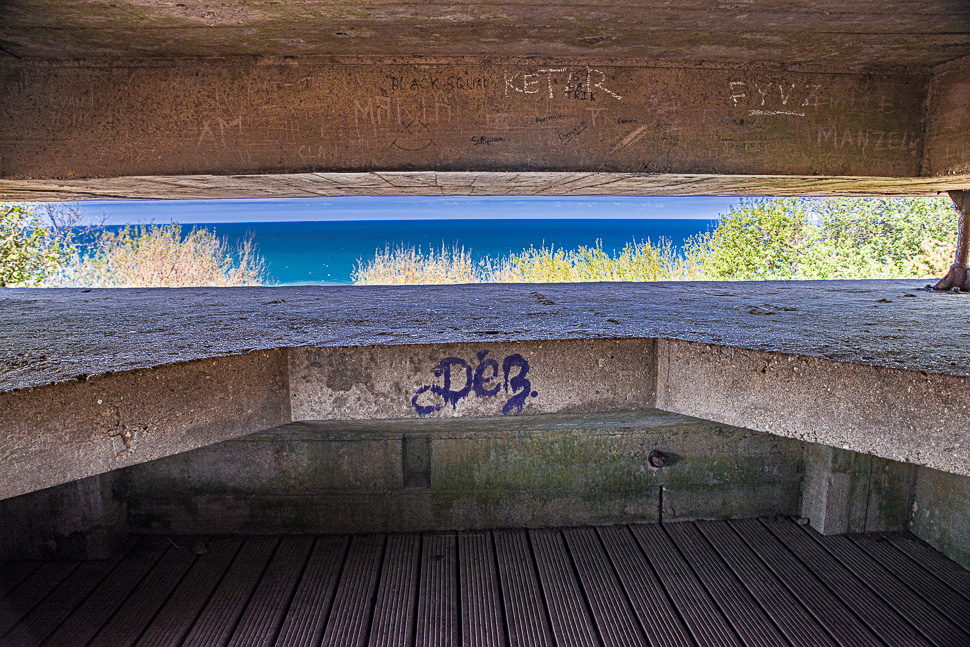
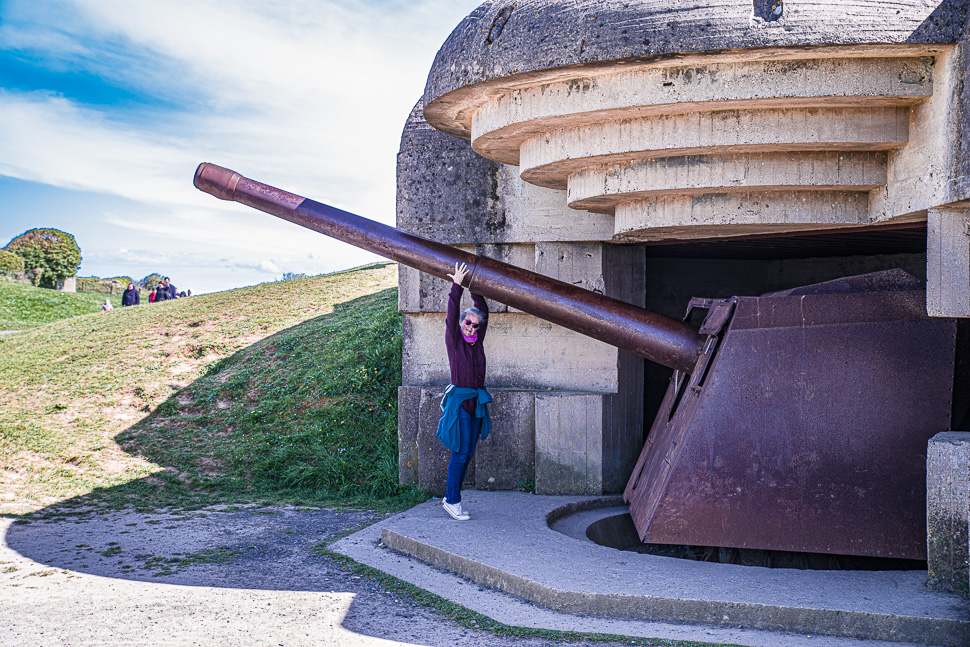
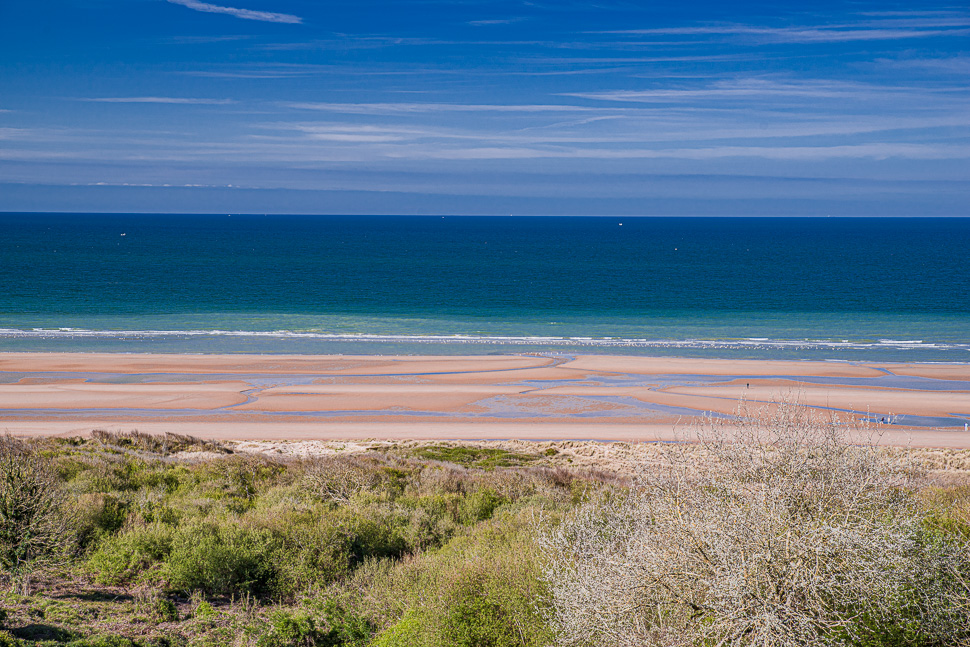
Omaha Beach was the code name for one of the five sectors at the Bay of the Seine selected for the Allied invasion on June 6, 1944. Very little went as planned in this sector. Difficulties in navigation caused most of the landing crafts to miss their targets and the defence was unexpectedly strong, and inflicted heavy casualties on landing U.S. troops.
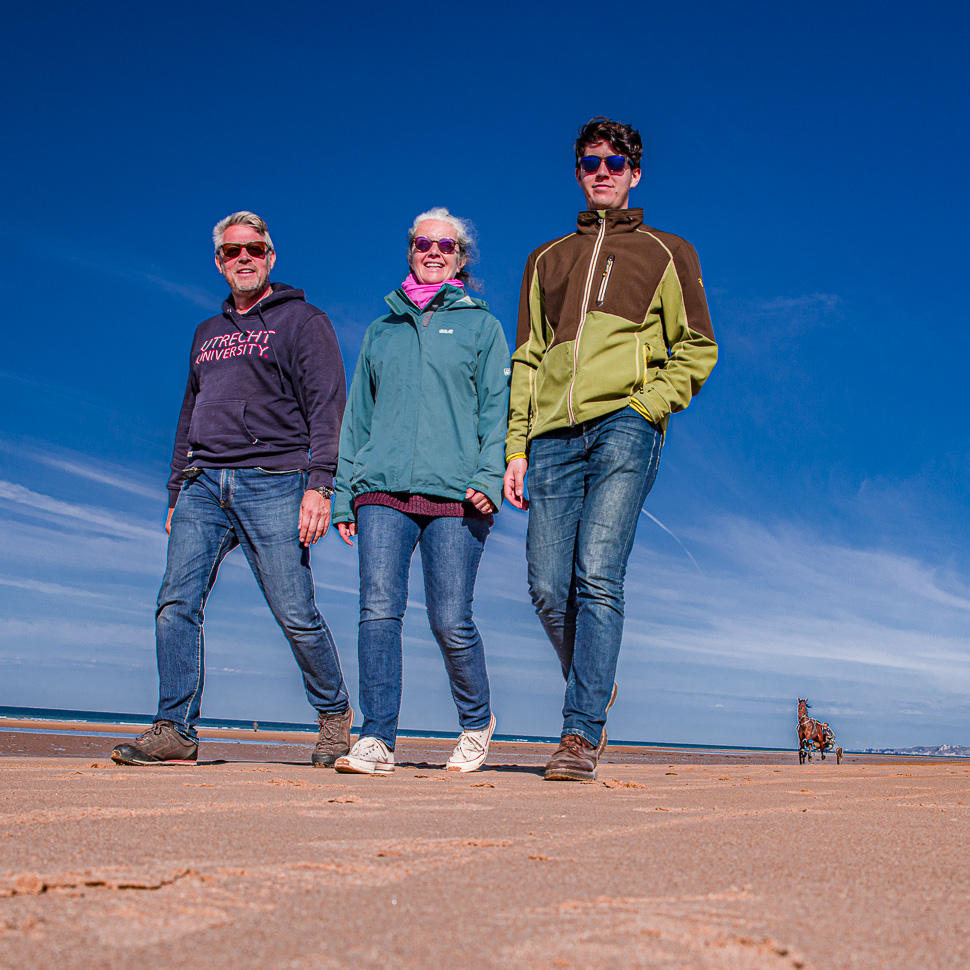
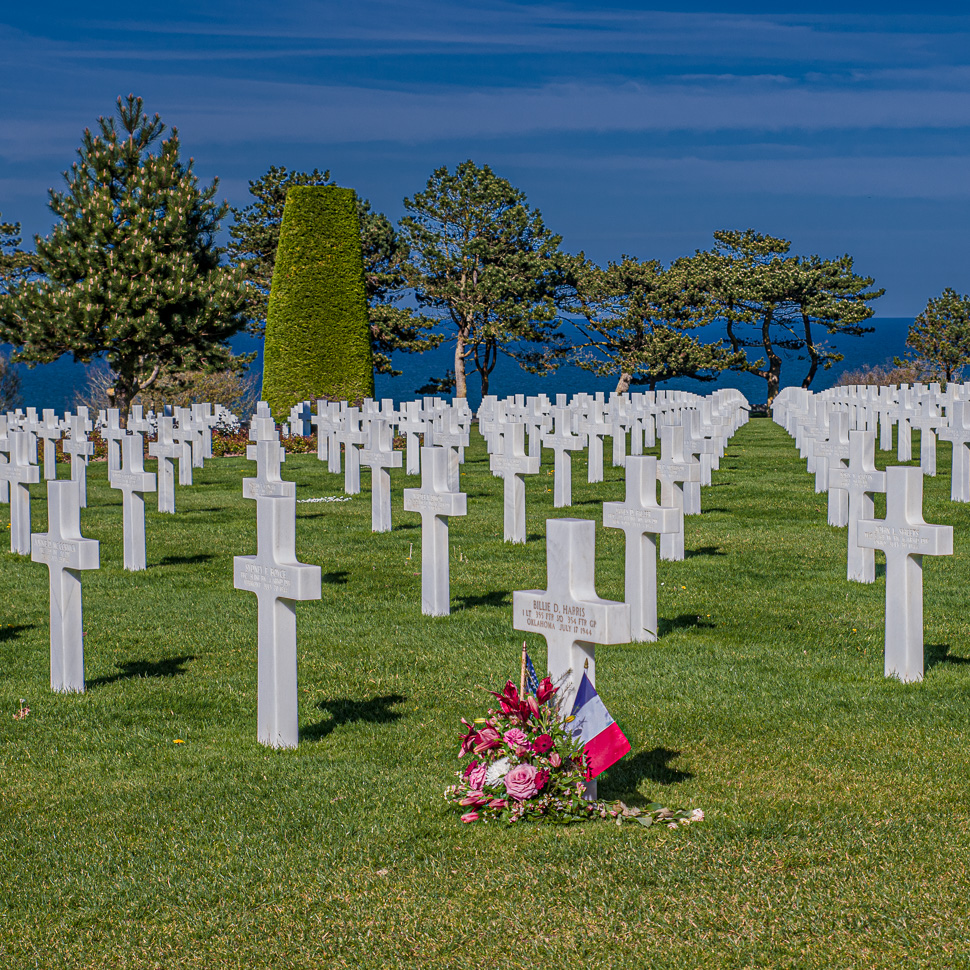
The huge cemetery just above Omaha Beach tells the story of the many young men lost here. Sadly this is just one cemetery of many in Normandy.
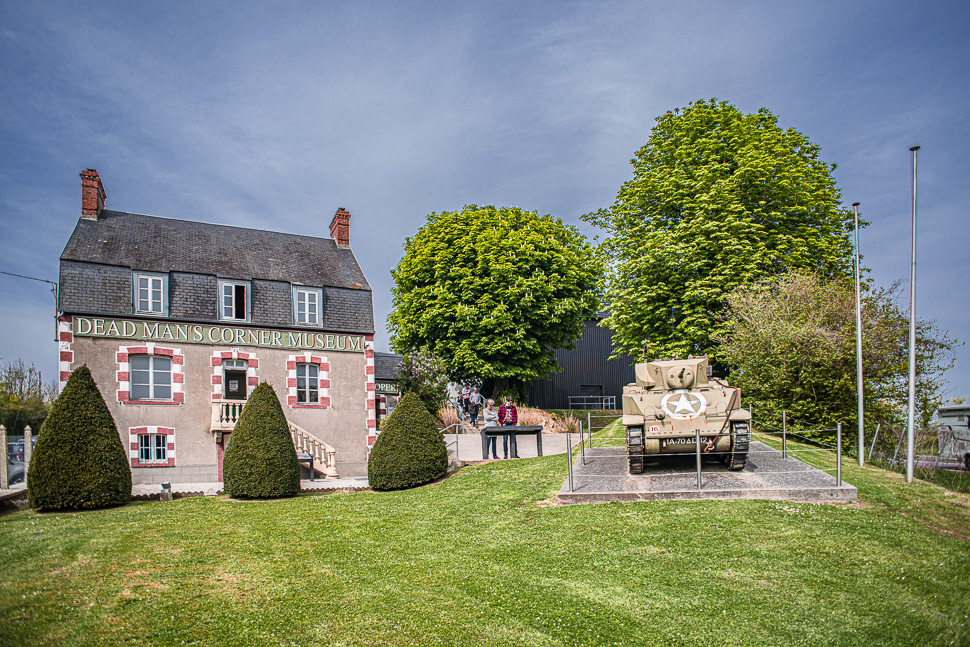
Our next stop was at the D-Day Experience near Carentan les Marais, a very strategic junction behind the coast. The American paratroopers of the 101st Airborne Division were dropped here during the night to secure the area before the landing. The D-Day Experience is not only a very interesting museum, but shows a very good 3D movie about the operation of the landing. Fun was also the flight simulation on a real C-47 plane. We first got a briefing by Colonel Wolverton about our mission, before we boarded the plane. During the “flight” we were really shaken around and could watch the situation around us through the “windows”. Also for grown-ups this was good fun.
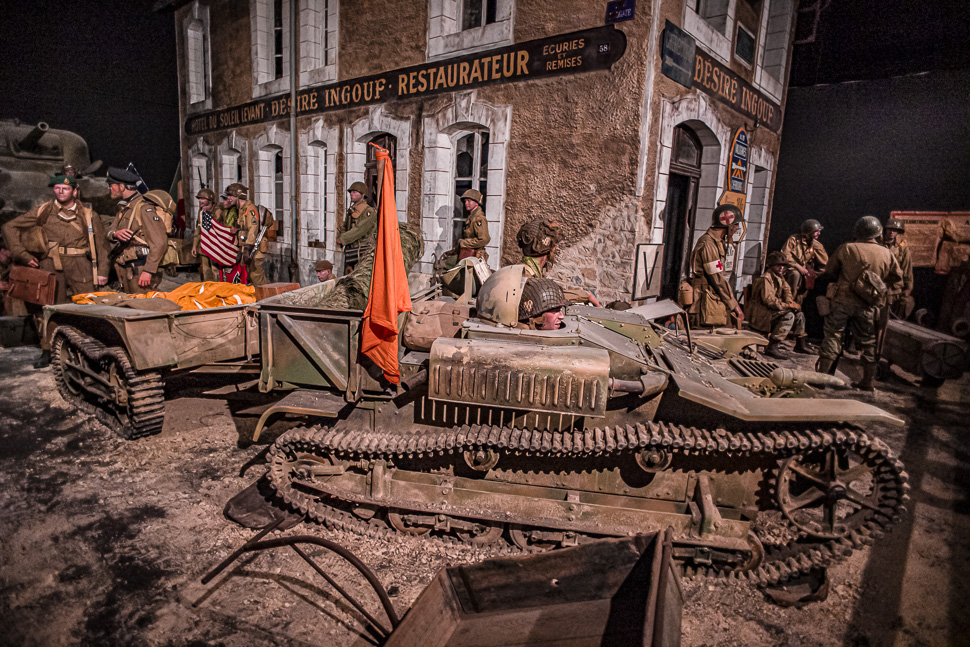
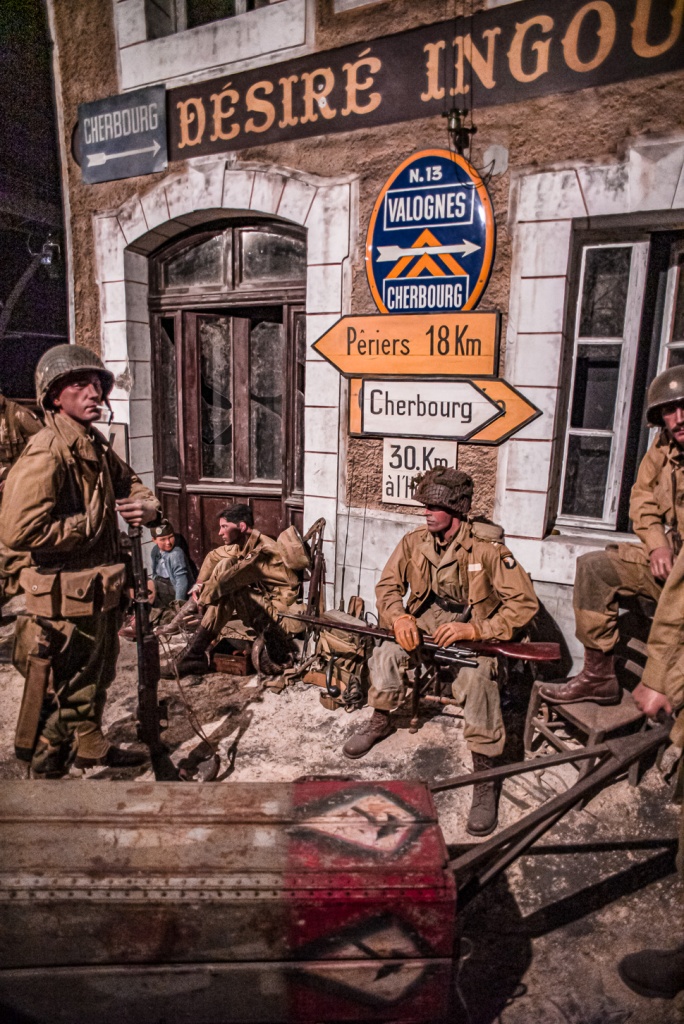
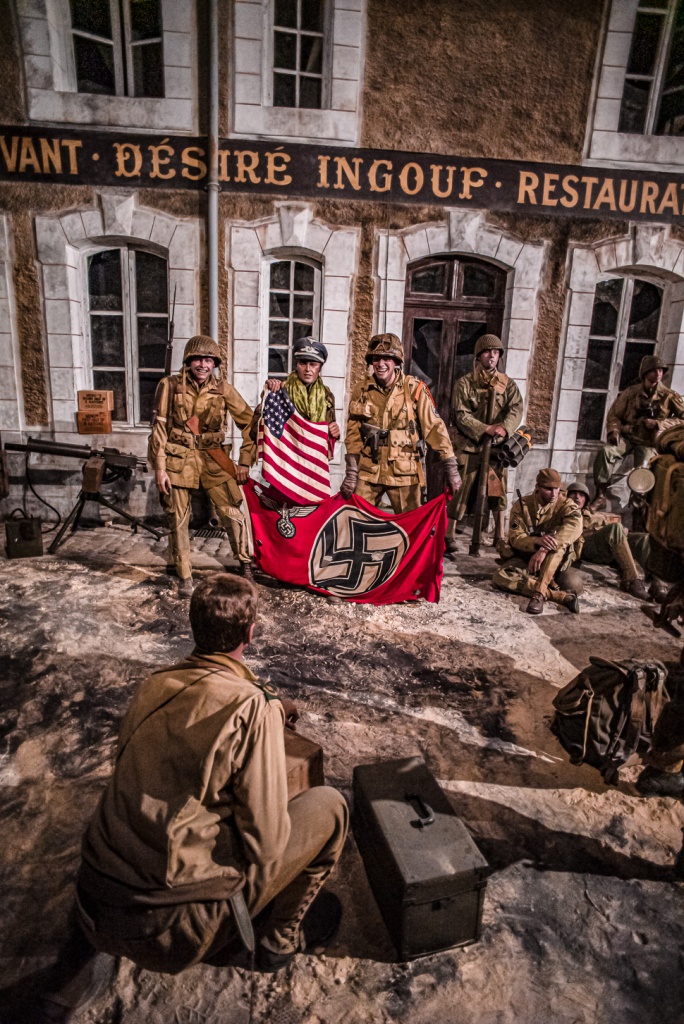
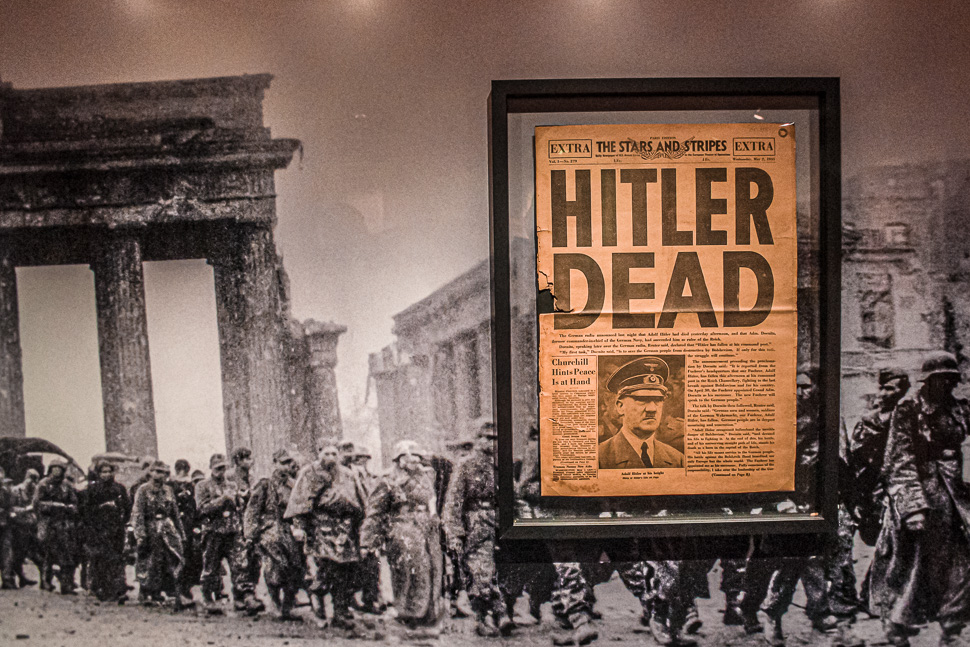
We had learned a lot about this important event in our history, at the moment even more current, as our freedom in Europe is threatened again.
Besides of immersing into history, we also wanted to explore some of the lovely Normandy, for example the town of Bayeux and its fascinating tapestry. More on our next post!
